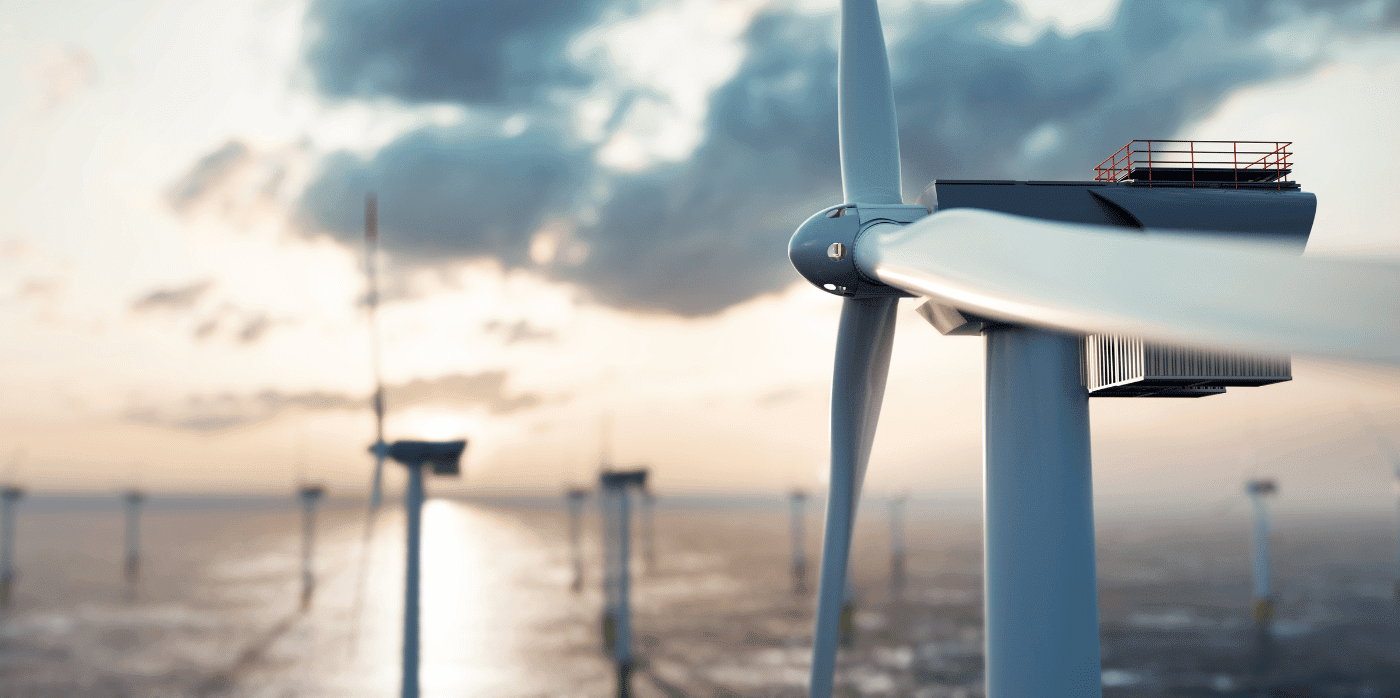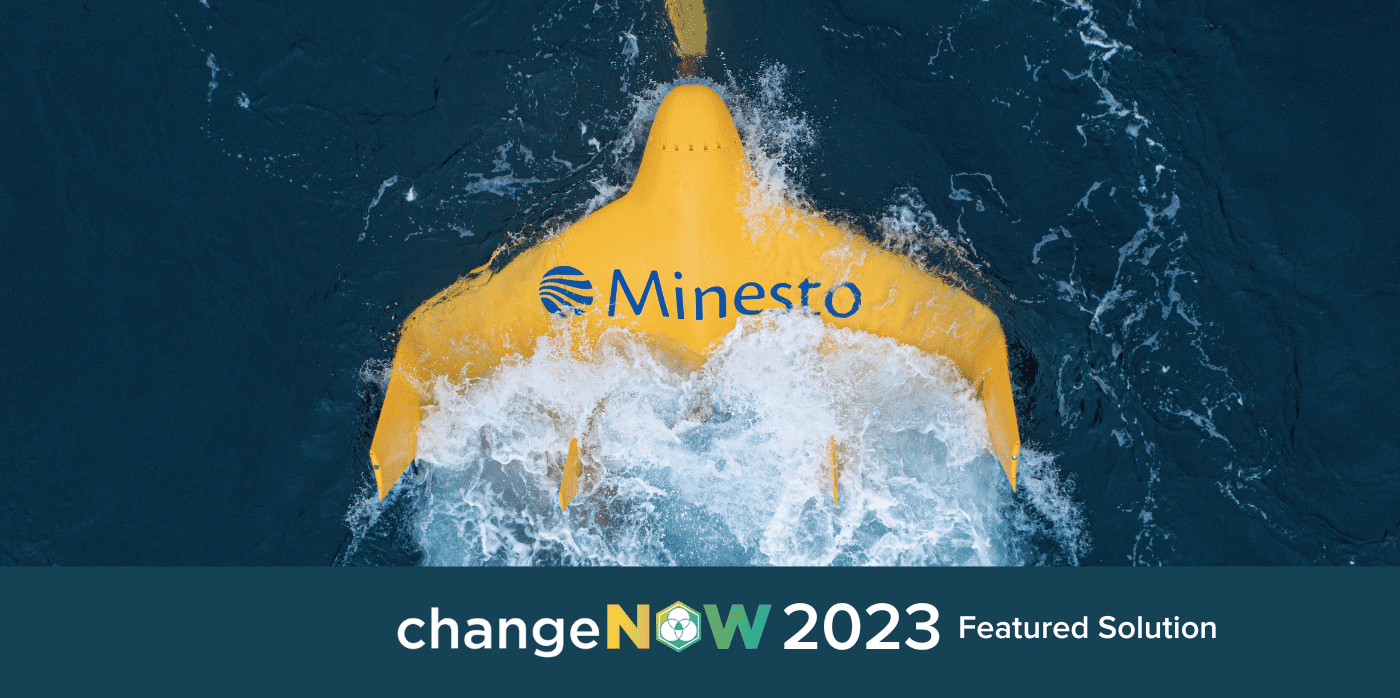Rare-earth-free generators for wind and tidal power

Spotted: The scarcity of rare earth elements (REE) is a challenge for the wind and tidal renewable energy sector. These minerals are lanthanides (Lanthanum-Lutetium in the periodic table plus Yttrium and Scandium) and are vital in the conventional production of wind and tidal turbines, specifically in the magnetic cores of these generators. Contrary to their name, they are not rare in the Earth’s crust, but they are rarely found in high concentrations, which makes mining them difficult. And even after being mined, it is necessary to refine them. China currently has a near monopoly in the global trade of these materials, with 90 per cent of all the REE entering the market produced in the country. The EU, meanwhile, has to import almost all of its REE.
This is where UK company GreenSpur comes in. Its generator replaces the need for REE in the magnets of wind and tidal turbines. The company uses far more abundant and easily available ferrite (Iron derived) magnets, and surrounds these with aluminium coils rather than conventional copper ones. The company is able to make these sustainable material substitutions due to a design innovation in the generator itself.
Conventional generators use moving magnets placed around static coils of wire arranged in concentric circles. The movement of the magnets (in this case via wind or tidal energy) produces an electric charge or energy in these wire coils.
The GreenSpur design, by contrast, relies on ‘axial architecture,’ in which disks of aluminium coil are stacked on top of disks of ferrite magnets. This means that the magnetic field flows parallel to the axis of the generator, which results in a higher ‘magnetic flux’ (essentially magnetic strength) and allows for the alternative materials to be used.
The benefits of using these REE alternatives are clear: lower cost of materials, cheaper cooling than conventional REE generators, and greater strength in supply chains for materials. The new design is also more environmentally friendly as harmful REE byproducts are no longer mass produced and low-risk alternatives are used in their place.
Springwise has also spotted hi-tech anodes for the next generation of batteries as well as one company that uses shades screens as a renewable source of energy.
Written by Archie Cox



